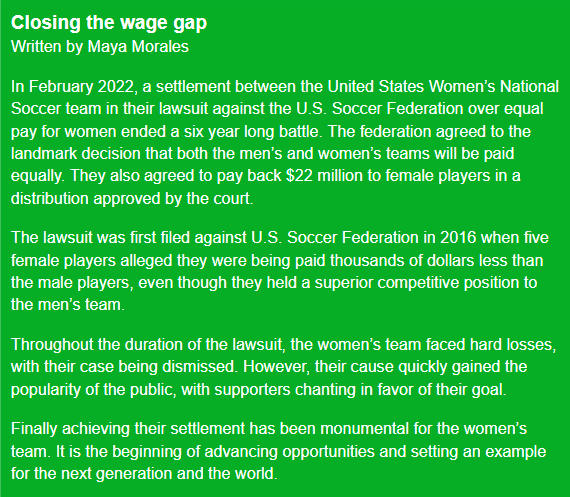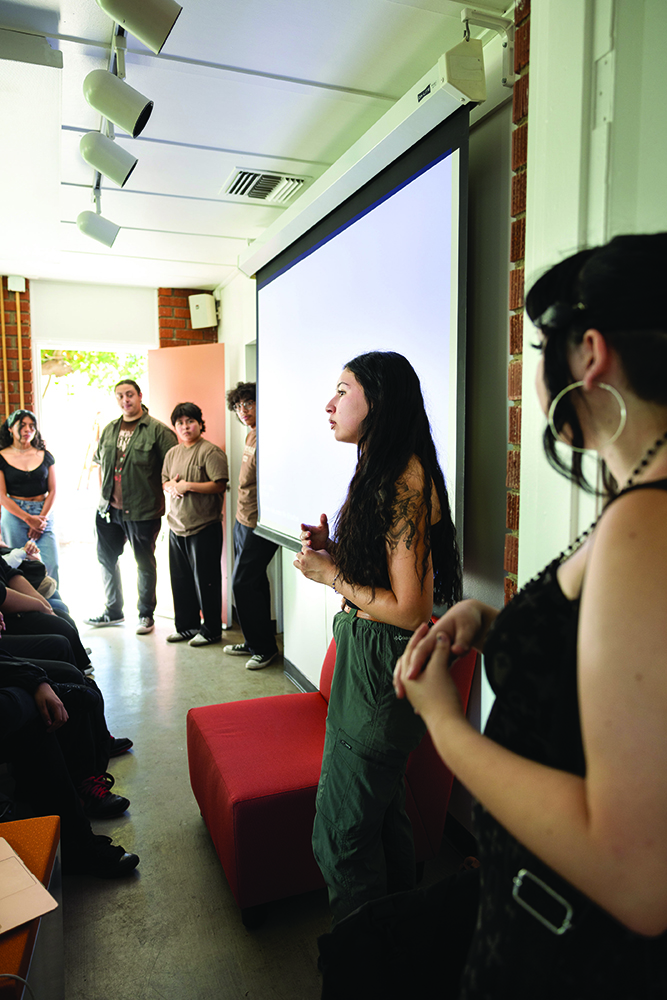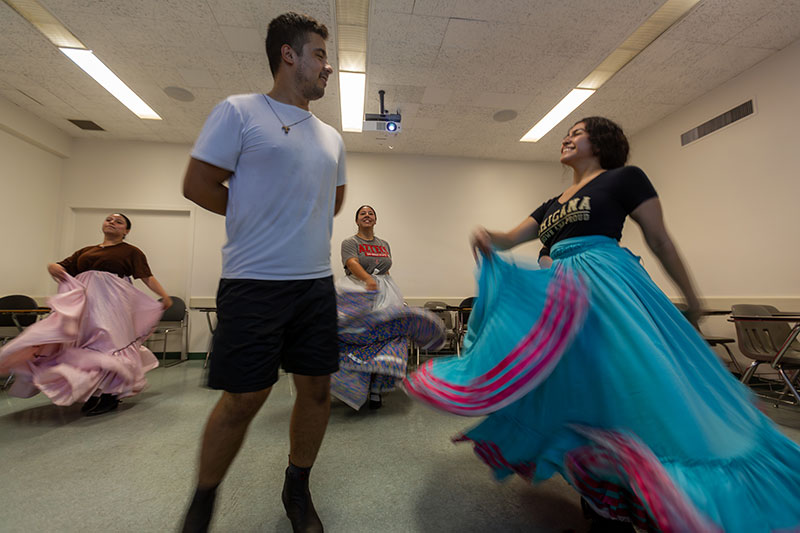There is no longer a significant competitive gap in the sport of women’s soccer. There is a brighter future than we expected.
The 2023 Women’s World Cup held in Australia and New Zealand has wrapped up, where for the first time since the inaugural edition in 1991, the final featured two new teams: Spain and England, competing for their first championship, with Spain emerging victorious 1-0 after a hard fought battle.
When FIFA expanded the tournament from 24 teams to 32, there was much skepticism of whether newcomers would be able to make the game more competitive and if the decision to expand would result in many one-sided matches.
Some of the skepticism included results from the 2019 Women’s World Cup, such as the infamous 13-0 demolition of Thailand by the United States Women’s National Team (USWNT).
The tournament featured eight debutants, including Ireland, who recorded a draw, and the Philippines, Zambia, Portugal, and Morocco, all recording a win.
Group D saw newcomer Haiti put up a strong effort against Women’s Euro champion England. Although they lost 1-0, it was through a penalty kick, to the surprise of many. An Associated Press News article by Brooke Evans mentions Haiti’s spirited fight was “nothing new” given they had “no sponsors nor training facilities.”
Morocco, who became the first Arab team to play at the tournament, bounced back from their crushing defeat to Germany, winning 1-0 against both South Korea and Colombia in Group H. They became the only debutants of this Women’s World Cup to reach the knockout stage.
Panama, despite losing all of their three games in Group F, netted 3 against France with one of their goals, a stunning free kick by Marta Cox, being nominated for Goal of the Tournament.
This recent tournament proved to be the most competitive in its 32-year history. From the very first kick of the ball, the tournament was anything but predictable. Co-hosts New Zealand started off the tournament with a 1-0 upset victory over longtime contenders Norway, for their first-ever win at the Women’s World Cup.
This year’s Women’s World Cup also saw multiple upsets, some of which were unprecedented.
A perfect example would be two-time world champions Germany, who, despite crushing Morocco 6-0 in their first game, exited the group stage for the first time after losing to Colombia 2-1 and drawing with South Korea 1-1.
Brazil, another top contender, bowed out of Group F after failing to beat Jamaica, a team whom they beat 3-0 at the previous World Cup.
Even Canada, who won the Olympic gold medal in 2021, was knocked out of the group stages after being drubbed 4-0 by host nation Australia after only barely beating Ireland 2-1 and drawing with Nigeria 0-0.
The host nations weren’t safe from surprise results, either. The Philippines secured their first-ever victory beating co-host New Zealand 1-0, courtesy of a Sarina Bolden header, and an impressive goalkeeping performance by Olivia McDaniel.
Meanwhile, Australia suffered a shock loss to Nigeria 3-2 in the second game of the group stage. However, they were able to recover and ultimately make the semifinals for the first time.
Some teams significantly improved from their previous outings at the World Cup. South Africa, which failed to win a game in 2019, advanced to the round of 16 after upsetting Italy 3-2 and accumulating four points. Jamaica, which conceded 12 and only scored 1 in 2019, did not allow a goal in the group stage, holding France, Panama and Brazil scoreless. They also advanced to the round of 16.
Colombia, who had only won one game in its previous two appearances, also won three games and became the first CONMEBOL team outside of Brazil to make the quarterfinals.
According to a Vox article by Alex Abad-Santos, this tournament was “always going to be a dogfight” for the U.S. So, maybe it wasn’t going to be an easy ride for them after all. But this is the United States – they have to be world champions, right?
Instead, the USWNT suffered their worst finish in the history of their participation in the World Cup. Having dominated women’s soccer for decades, winning four World Cups and never finishing lower than third place in all their participations, they were highly expected to three-peat after their 2015 and 2019 wins.

It was the worst group stage showing ever by the USWNT, who accumulated a record low of 5 points. They scored only four goals and were held scoreless for two games, easily the lowest number scored by any U.S. women’s team, whose previous low was 12 in 2007.
The U.S. defeated newcomer Vietnam 3-0 and drew with fellow 2019 finalists Netherlands 1-1. Their final group stage challenge: Portugal, another debutant, who qualified to the World Cup from a playoff. Yet, little did the USWNT know it would be their hardest match in the group stage, drawing 0-0 and nearly being sent home on an Ana Capeta shot which hit the post.
Although they played their best game in the round of 16 against longtime rivals Sweden, the U.S. ultimately fell short in a penalty shootout decided by a millimeter, 5-4, after a goal-less 120 minutes.
In an Inside FIFA article, former USWNT coach Jill Ellis pointed out how every team has “a special player who can play on any team in the world” and how the “level of organization and defense is making games more competitive.” True to Ellis’ words, there were many competitive games throughout.
Women’s soccer has continued to become more competitive. With the game rapidly increasing in popularity worldwide, and historic showcasings by many teams, the women’s game has come a long way in terms of competitiveness since the inaugural 1991 edition of the World Cup. It will only continue to improve in future editions, and it is certain there will no longer be a true world power in women’s soccer.




